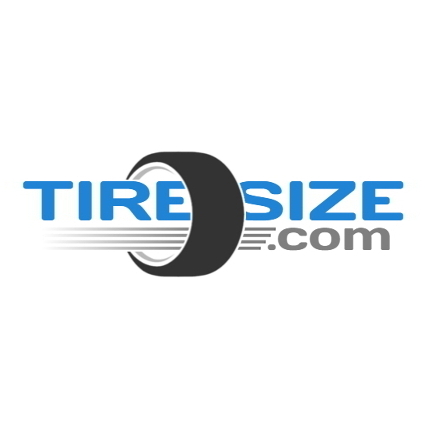While +45 isn't the single answer, you could go as far as probably +25 without too much impact based on others experiences. I can tell you for sure 0 offset will create more fitment challenges against the fender and body mount that you probably couldn't run a 34" tire easily.
When OEMs widen track, they do it comprehensively. The spindle geometry with the UCA and LCAs will be lengthened and modified. Offset may or may not even change. There's many considerations including roll center, scrub radius, steering axis, caster/camber/toe curves, and more. Even roll stiffness between front and rear axles needs to be tuned.
That's the challenge here. Can't isolate and change singular factors without consideration for other considerations in the system.
That makes sense.
If seen some of your other posts explaining how even if a zero offset might stuff, if you hit something with both wheels at the same time, due to the poke, those wheels are driving up into the fenders and causing damage. That makes sense.
I’m starting to think you’re right that 25 offset is the most aggressive you can go without the nevessity for bump stops.
Would anyone happen to be able to clearly explain, as if to a 5 year old, what the following stuff means as it relates to load capacities and light truck tires, p metric tires, etc?
“
OEM Size (285/50R20 SL) Load Capacity: 2291 lbs. @ 33 psi.
Passenger type tires are fitted with a 10% overage in load capability when used on SUV's, Light Trucks, and Vans because of the difference in load handling. This load overage can be removed when changing to an LT type tire.
That brings the effective load capacity to acheive down to 2083 lbs.”
How does one “fit” a 10% overage to a tire?
By load handling do they mean weight at higher center of gravity in the vehicle thus more tippy and needing a stiffer sidewall not to flex during maneuvers?
rather than tire separation issues with lt tires requiring higher psi’s, are we really dealing with the necessity of stiffer sidewalls to help with “handling the load” with vehicles that have a tendency to tip and rollover by stiffening sidewalls (and thus effective suspensions)?
Are they saying load capacity and really meaning something more like flexion reduction?
Tire for tire in 33” p metric and lt, the recommended pressure goes from 26-27 to 40. Is this mostly just a stiffening of a sidewall to handle a vehicle with a higher center of gravity (truck, suv, van) so that when it tips under load, the tire doesn’t flex and induce a continuation of the tip into a rollover?
Like are regulators doing something stupid like limiting the alcohol content of liquor in the hopes it’ll reduce people’s tendency to get too drunk…and then we are looking at their alcohol regulations and claiming that liquor over 80 proof is bad for you…when in reality it’s just nonsense government regulation trying to keep people from doing stupid things by creating arbitrary regulations?
And rather than pointing out that people are stupid with alcohol, we are instead saying there’s some intrinsic qualities to 90-100 proof liquor that is unhealthy…in the same way rather than saying an lt tire is actually fine at 30 psi, and likely stronger than a comparable p metric at 30, we are issuing opinions about an unquantifiable excess heat that magically develops in the lt tire at that temperature though not in the p metric.
Are lt tired at 35 psi minimum the equivalent of govt regulations that keep liquor generally at 80 proof?
Because if that’s the case, the people that run oversized lt tires based on chalk test and handling characteristics rather than the minimum 35 psi that lt tires are graded for may have it right…

